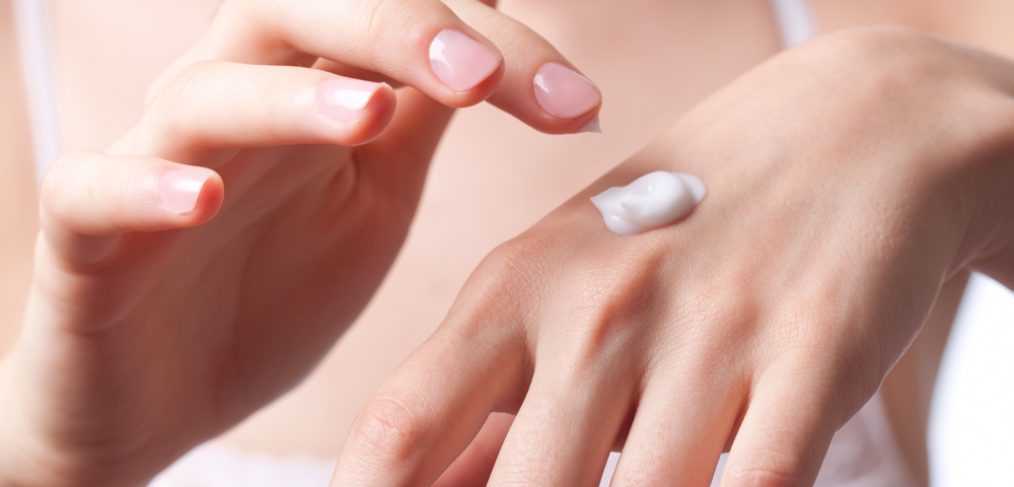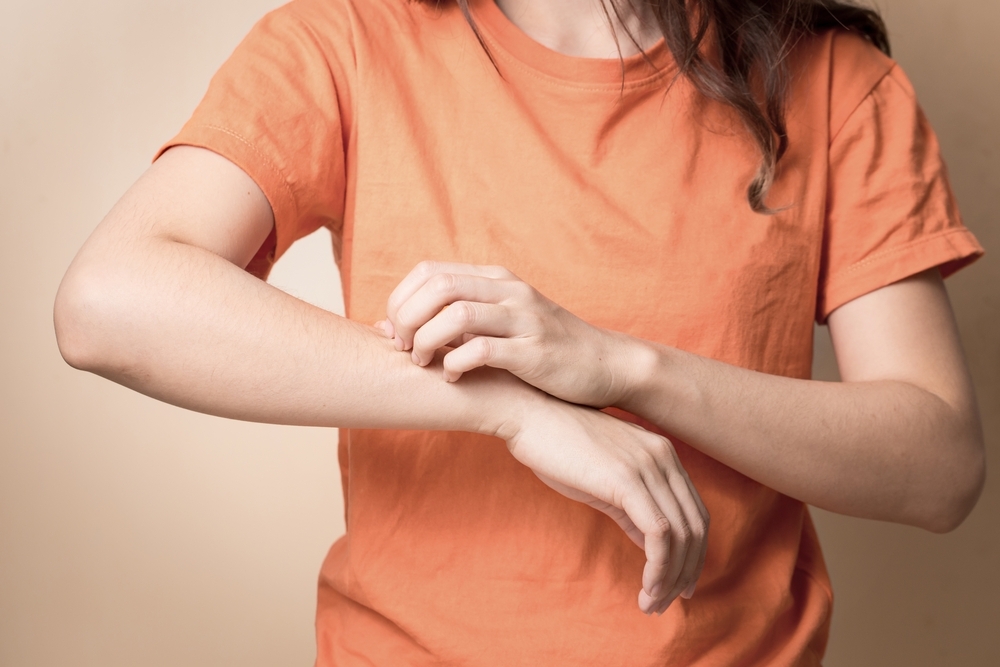Your body is incredible at giving you signs that there is a problem somewhere. One place that many people often overlook when it comes to performing self-checks is their nails. Nails, both finger and toe, can help doctors identify certain diseases, disorders and other conditions. Keep reading for a look at the health meanings behind nail discoloration.
Blue Nails
Unless you’ve recently taken off blue nail polish, blue-tinged nails can be indicative of a number of health concerns or conditions including:
- Cyanosis – Cyanosis is defined as a bluish discoloration of the skin or nails that is the result of inadequate circulation to the blood or poor circulation. If your nails return to normal color after you massage or warm your fingers, then the condition is likely caused by cold constriction, which occurs when your fingers don’t get enough blood supply.
- Respiratory Problems – Blue fingertips could also be an indication of lung and breathing problems such as asthma, emphysema, chronic obstructive pulmonary disease, chronic bronchitis or other respiratory disorders.
- Raynaud’s Syndrome – Also called Raynaud’s Phenomenon or Raynaud’s Disease, this occurs when your fingertips and nails change from white to blue to red. Raynaud’s disease is a condition in which certain areas of your body, like your fingers, toes or nose, feel numb or tingly in extreme weather or stressful situations.
Green Nails
Sporting a green manicure for St. Patrick’s Day is festive, green colored nails on your fingers naturally can indicate:
- Allergic Reactions – You use your hands constantly and cleaning is a part of your life. If you find that your nails have a green tint, you may want to examine all of the cleansers you use. Cleansing agents can cause allergic reactions, and green nails can be a signal that you’re body doesn’t agree with something you’re using.
- Fungal Infection – Green under your nails may also be a symptom of a localized fungal infection. Onychomycosis, or tinea unguium, is “…a fungal infection that affects either the fingernails or toenails,” according to Healthline. The American Academy of Dermatology notes that green nails as a result of fungal infections affect toenails more than fingernails.
Black Nails
If you have recently injured any of your nails, they may turn black due to blood under your nail and this is a common occurrence. However, if the black nail does not go away, it could indicate:
- Anemia – The appearance of black nails may be an indication that you are anemic. Anemia is when your body is deficient in iron, and can be remedied through iron supplements under the care of your doctor.
- Vitamin B12 Deficiency – The National Institutes of Health states “[v]itamin B12 is a nutrient that helps keep the body’s nerve and blood cells healthy and helps make DNA, the genetic material in all cells. Vitamin B12 also helps prevent a type of anemia called megaloblastic anemia that makes people tired and weak.”
- Melanoma – Very rarely, black nails can indicate the presence of a melanoma. This is an uncommon occurrence and is found more in people with darker skin tones than lighter skin tones.
Most often, nail discolorations are harmless, but there are times when different colored nails can indicate something else is happening inside your body. To make sure your doctor can give you a thorough examination, always remove nail polish prior to your appointments. Paying attention to the color of your nails can help you keep your body healthy.






